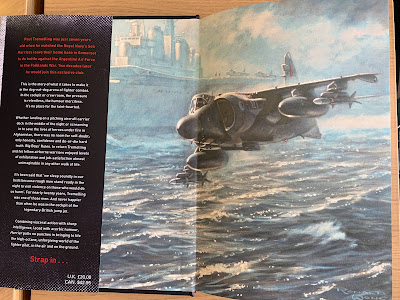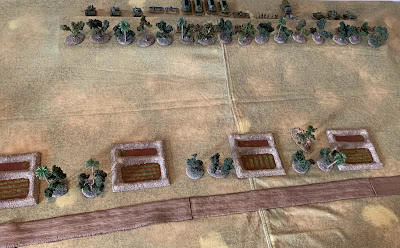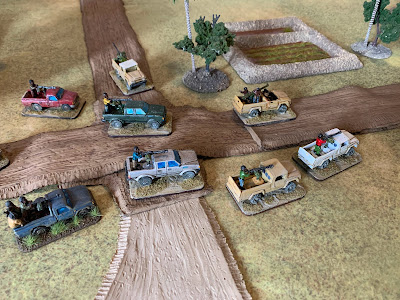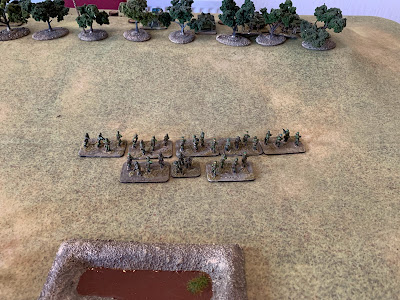Well, that was quick! Just as I had posted abut the four back issues of SAM Revival that were picked up at the Wakefield RISC OS show (and struggled mightily with the name of a certain product), issue 26 landed through the letterbox! A 72-page (including covers) full colour, professionally printed A5 magazine, this had been something I had ordered last year and had been highly anticipated.
First off, I love the cover, supplied by Warren Lee from his latest title, Invasion III, that also appears in the Developer Diary section. The editorial stretches to four pages and it's understandable to see why, it has been a few years since the last issue.
The news section is a whopping fifteen pages, and covers everything from new products available for the Coupe to new games, as well as a selection of YouTubers you might want to visit if your a fan of the machine. It was really nice to see further details on the Symbiote eZ80 (I can type and proof this name right at least once - I really struggled with this in the last post!) co-processor and how that will tie in with the plans for the Pandemonium, a "new" machine.
Six pages are given over to a mega-preview of The Lower Caverns, a follow up to Manic Miner, whilst the next eight are take up by a piece on the demo scene, featuring guest reviews by the late Dennis Van Berkel, who sadly passed earlier this year. As with many other formats, it's always interesting to see what demo coders can achieve on their chosen hardware.
Ten pages are taken up by details of what is on the supplied cover disk (five full games and a pair of utilities). A nice touch are the mini-reviews for a couple of the games, as well as a lovely reminder that reviews are opinion based and can vary, especially if you're thinking of trying out Mega Blast.
There is a further mega-preview, this time for Treasure Island Dizzy, that occupies six pages and, in a neat touch, this game will be featured on the cover disk for issue 27 (with an advertised release date of Autumn 2022). Nine pages are given over to the Developer Diary section, which focuses on three titles, Cybernaut and Pang from Andrew Collier, and Invasion III from cover art supplier Warren Lee. There's a SAM Snippet for Invasion II's cheat mode, as well as a couple of developer tips pages from Mr Lee.
SAM Comment is a section of musings from Colin about SAM related topics, in particular looking at isometric titles on the machine as well as the funkiness that is the PICO-8 board, and the technical similarities (in relation to potential software development) it shares with the Symbiote eZ80 (hot dang, got it right again!).
Strange New Worlds is the final section of the magazine and hosts news/information on the hardware Colin produces for machines other than the SAM. He also mentions Archive Magazine (I may have mentioned it a couple of times on this blog...), and the possibility of emulating the Acorn Atom on the SAM.
I really enjoyed this issue of SAM Revival and it was well worth the wait. The print quality is brilliant and there wasn't a page wasted. For me, learning more about the Symbiote eZ80 (on a roll here, people) and the Developers Diaries were the highlight but, honestly, everything in here was worth reading. The amount of effort Colin has put into this issue is plain to see and he, along with the other contributors, should be proud in what they have produced.
Colin is eager for any contributions for future issues, be it articles, software or letters, so please do get in touch with him via the sales@samcoupe.com email address. If you head over to his website here, you can pick up your own copy of issue 26, as well as pre-order issues 27 and 28. And yes, by the time this post is live, I will have done just that. You can also pick up back issues and browse through the range of hardware Colin also produces.

































